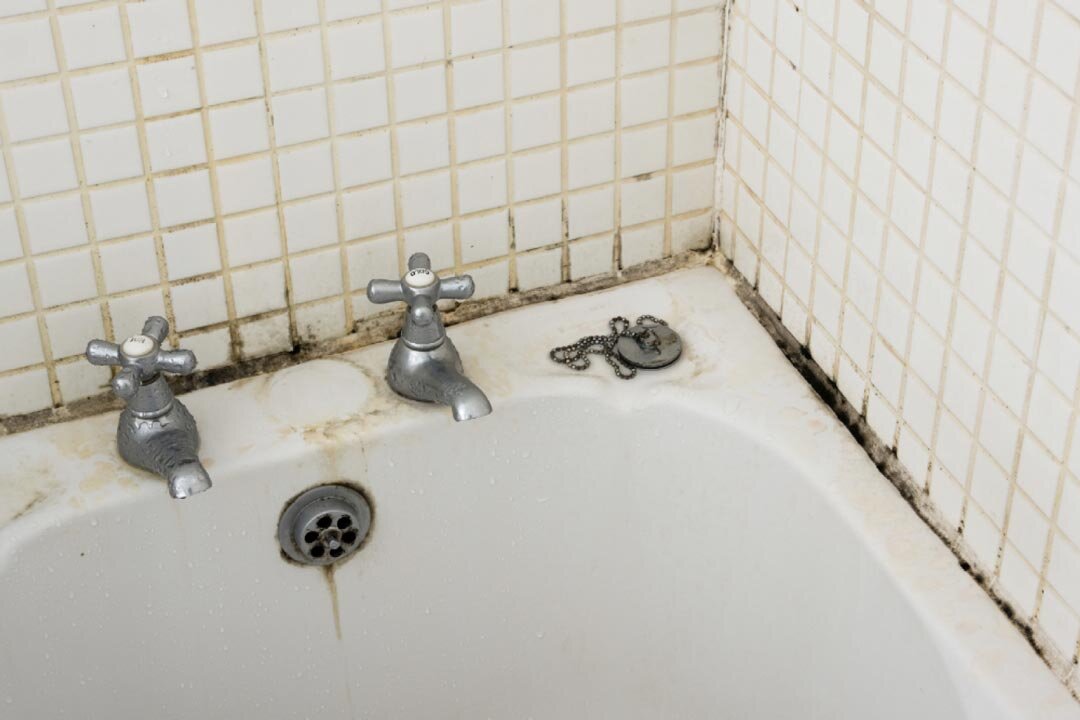Why Humidity at Home Should Matter to You
For many people, humidity usually equates to sticky, uncomfortable summer afternoons. While that may be true, humidity also plays a huge role in your home’s comfort. It even affects everything, from the furniture and flooring to your family’s overall health. Experts recommend humidity levels at home to be around 45%, with anything under 30% being too dry and anything over 50% being too high.
The first step to regulating humidity is knowing the levels in your home — but how can you even measure something you can’t see? The most effective way to track humidity is to use our Kangaroo Water + Climate Sensor. This nifty gadget allows you to check the temperature and humidity levels of your home anytime from the comfort of your phone. You can even set custom ranges for the temperature based on your personal preferences, and get instantly notified if it reaches levels outside of your set range.
Don’t have a Sensor yet? Fortunately, some signs of excess humidity are easy to spot — like condensation pooling on windows, peeling wallpaper, musty odors, water stains on the walls, or visible mold growth. To spot low humidity, look out for an increase in static electricity, and issues with household electronics.
What exactly happens if humidity in your home isn’t regulated? Here are a few reasons why it should matter to you.
Humidity impacts indoor air quality
When it comes to indoor air quality, it’s not just dust, pollen, and toxins that you should be concerned with. If the humidity in your home drops too low, you may suffer from respiratory problems due to indoor air quality. In fact, low humidity is said to be one of the top causes of cracked skin, dry sinuses, and even nose bleeds. What’s more, it can exacerbate pre-existing comorbidities like bronchitis and asthma.
Meanwhile, if humidity is too high, it can increase the moisture levels and contribute to the growth of mold, bacteria, and dust mites. Similarly, dust mites can intensify other respiratory ailments too, and mold can be a potentially lethal health hazard to people with allergies or a weakened immune system. Not to mention, mold is also expensive to remove professionally — costing anywhere between $1,122 to $3,330.
Humidity affects your home
Humidity doesn’t just affect your health, it can also damage your home — wreaking havoc on surfaces, walls, and furniture. If the humidity levels aren’t optimal, for instance, wood won’t have ample moisture to retain its form and could result in cracking. If this happens, mending the furniture could be too expensive and time-consuming to repair, and you’d be better off just replacing the item.
On the other hand, excess humidity could result in water pooling on surfaces, windows, and walls. This could then cause material to wear and deteriorate. Moreover, the humidity could seep into the walls and flooring, leading to rotting eventually. You would then have to get new flooring or drywall altogether.
How to improve your home’s humidity
Getting ideal humidity levels in your home is easy once you’ve got our Kangaroo Water + Climate Sensor. Depending on your home’s needs, you can use humidifiers or dehumidifiers. Choose between central units or portable devices you can easily switch on and off. Typically, installing them is pretty simple and they don’t require much maintenance aside from filter cleaning (for dehumidifiers).
Striking the perfect balance in humidity is integral to taking care of your family and home. Invest in a reliable device like our Kangaroo Water + Climate Sensor, humidifier, and dehumidifier, and you’ll be able to enjoy optimal indoor air quality no matter what the season is.
In addition to tracking temperature and humidity, here are some more ways to use our Kangaroo Water + Climate Sensor!



